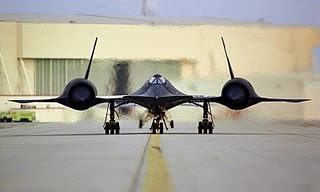Researchers have uncovered a new stellar neighbour with the discovery of the closest young star to Earth. The international team, including Simon Murphy, a final-year PhD student from the ANU Research School of Astronomy and Astrophysics, have shown that the star, named AP Columbae, is the closest so-called `pre main-sequence’ star. Their paper has been published this week in The Astronomical Journal. “Pre main-sequence stars are much younger than the Sun. Using telescopes in Coonabarabran, Chile, Hawaii and California we have shown that the faint, red-dwarf star AP Columbae is the closest such star to the Earth,” said Mr Murphy. “For decades it was believed that young stars only resided in vast star-forming regions like the Orion Nebula. These regions are typically several hundred light years away from the Earth. With the advent of accurate, all-sky surveys we can now find young stars much closer to home.” AP Columbae, an otherwise innocuous red-dwarf star in the constellation of Col
